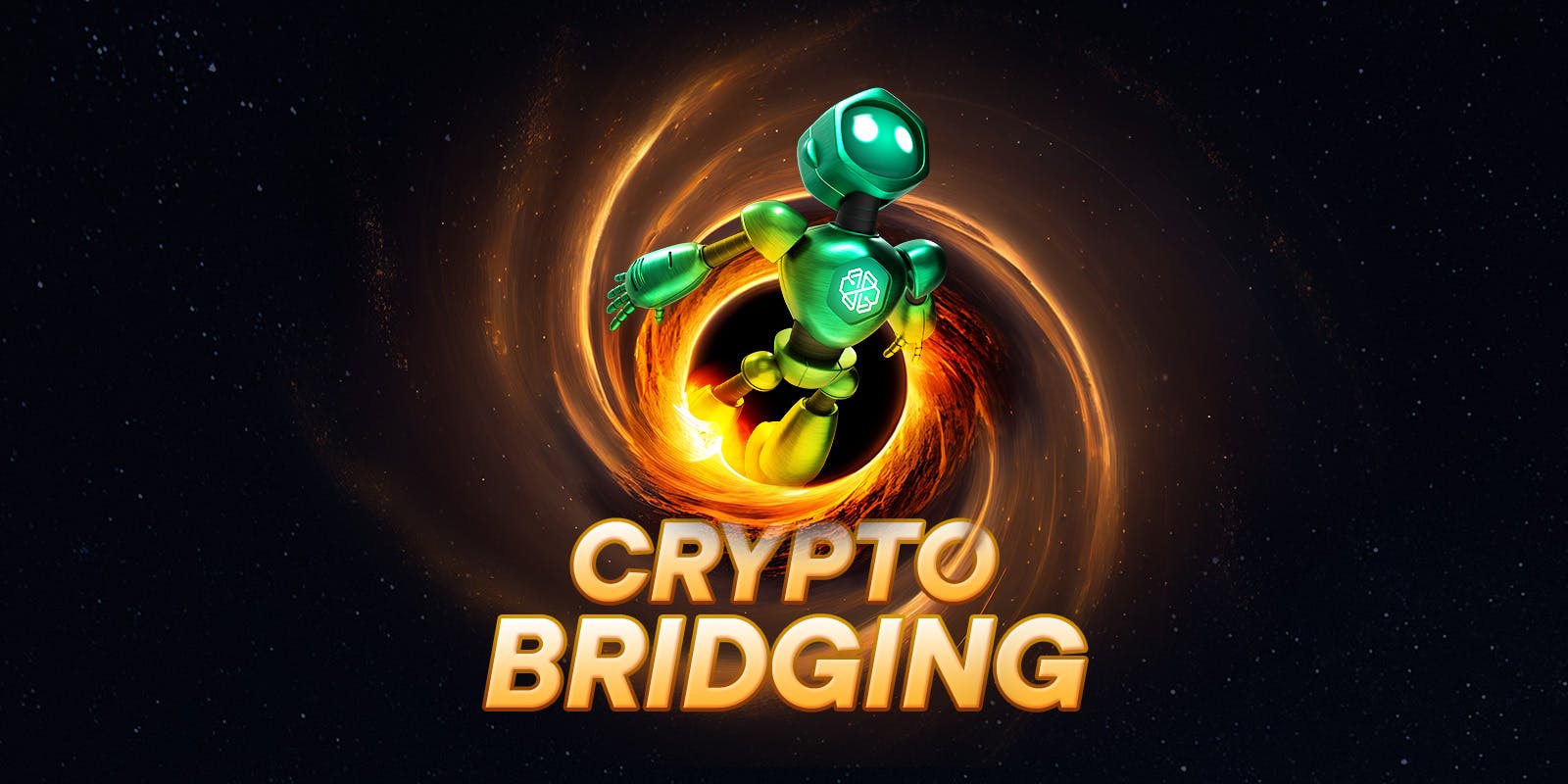Crypto Bridging: Unveiling the Power of Wormhole for Solana and Beyond
For many of us in the cryptocurrency space, the ability to seamlessly transfer assets across diverse blockchain platforms has become a crucial need that has given rise to a fascinating development: crypto bridging. Among the prominent players in this space is Wormhole, a generic message-passing protocol that enables communication between blockchains. Understanding how this technology works and its implications is more important than ever.
Understanding Crypto Bridging
Crypto bridging is the technology that allows digital assets to be moved between independent blockchain networks. This is important because, traditionally, blockchains operate in isolation—assets on Ethereum, for instance, cannot natively interact with those on Solana or Osmosis. Crypto bridges like Portal leverage Wormhole messaging technology to transfer tokens from one chain to another, thus enabling liquidity to flow across the entire blockchain ecosystem.
Wormhole just released NTT, which stands for Native Token Transfer; it allows projects to easily create and transfer native multichain tokens while preserving the project ownership and upgradeability over token contracts.
How Does Wormhole NTT Work?
Wormhole NTT (Native Token Transfer) operates by using a set of smart contracts that either lock up or burn tokens on one blockchain and then mint corresponding tokens on another blockchain. This process ensures that while the original tokens are held in escrow or destroyed, their counterparts can circulate within a new network, thus maintaining a balanced ledger across both chains.
Here’s a simplified step-by-step on how Wormhole facilitates crypto bridging:
Locking Assets or Burning Assets: Users lock or burn their tokens on the originating blockchain (e.g., Ethereum).
Token Bridging: Wormhole's technology facilitates the bridging of tokens by creating an equivalent amount of bridged tokens on the destination blockchain (e.g., Solana). These bridged tokens represent the original assets and are fully functional within the new blockchain's environment, maintaining their intrinsic value and utility.
Redeeming Assets: When users decide to move their assets back to the original blockchain, the bridged tokens are burned, and the original tokens are unlocked. This ensures asset security but also maintains token supply integrity across multiple ecosystems.
Security and Trust: The security of crypto bridges is paramount, as the system must be resistant to attacks. Rate limits are implemented to limit the risk of the supply being depleted on one chain. Wormhole uses advanced cryptographic techniques and rigorous consensus mechanisms to ensure that cross-chain transfers are secure and trustworthy (Guardian network).
Impact on DeFi: Wormhole messaging solution significantly contributes to decentralised finance (DeFi) by broadening the accessibility of assets and services across different blockchains. This interoperability can lead to more accessibility of financial products and services, boosting the overall value and utility of DeFi applications.
Governance and Upgrades: Like many decentralised platforms, Wormhole is governed by community-driven proposals and voting mechanisms. This ensures that upgrades and changes to the protocol reflect the needs and desires of its users.
All in All
The Wormhole messaging framework is an important tool for powering crypto bridges. It enables the transfer of value between blockchains, such as from Ethereum to Solana. This enhances user experience and broadens the scope of possible blockchain interactions. As technologies like Wormhole continue to develop, they pave the way for a more interconnected and versatile blockchain ecosystem, promising an exciting future for all participants in the crypto space.
SwissBorg is excited by the possibilities and opportunities that the integration of various blockchain networks offers. The facilitation provided by Wormhole technology opens up new avenues for innovation and collaboration across different ecosystems. As we continue to explore and harness these opportunities, SwissBorg remains committed to staying at the forefront of blockchain technology, enhancing our offerings, and empowering our community to thrive in this interconnected environment.
